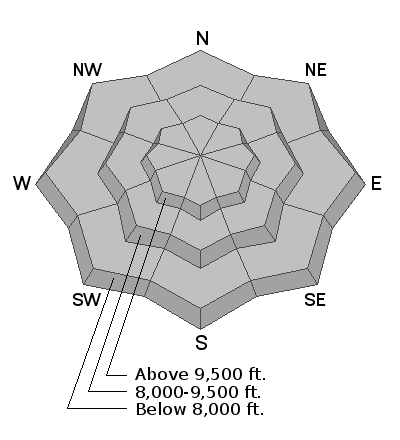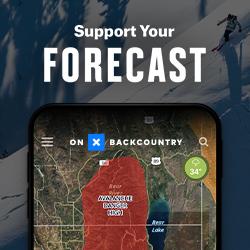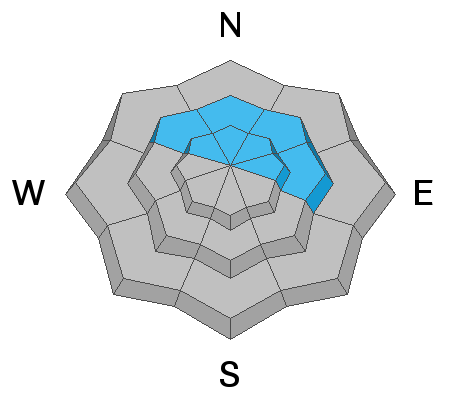The open and closed resorts have different uphill travel policies, which may change daily as they work towards opening for the season. Check with each resort for the current information.
Terrain in unopened resorts must be treated as backcountry.
As part of your early season tune-up, consider taking an avalanche class. We have lots of avalanche education classes listed already, from Know Before You Go to Companion Rescue to our Backcountry 101.
Click on Education in the Menu above for more info.
We managed to squeeze another trace to 2" out of the storm overnight and with any luck today, we may see another trace to an inch. Storm totals are 4-6", favoring the upper reaches of Big Cottonwood Canyon and the Park City ridgeline.
The canyon winds (blowing east to west downcanyon) perhaps carry the headlines from the storm with some gusts north of I-80 near Farmington observed in the 70mph range. But along the high peaks, the east to southeast winds picked up just after midnight and are blowing 15-20mph with gusts to 30. Mountain temperatures are in the mid 20s.
1-2 feet of snow exists on the shady mid and upper elevation slopes of the upper Cottonwoods, and 6-20 inches at the upper elevations along the Park City ridgeline. Southeast through south through west facing terrain generally has this storm snow over bare ground.






